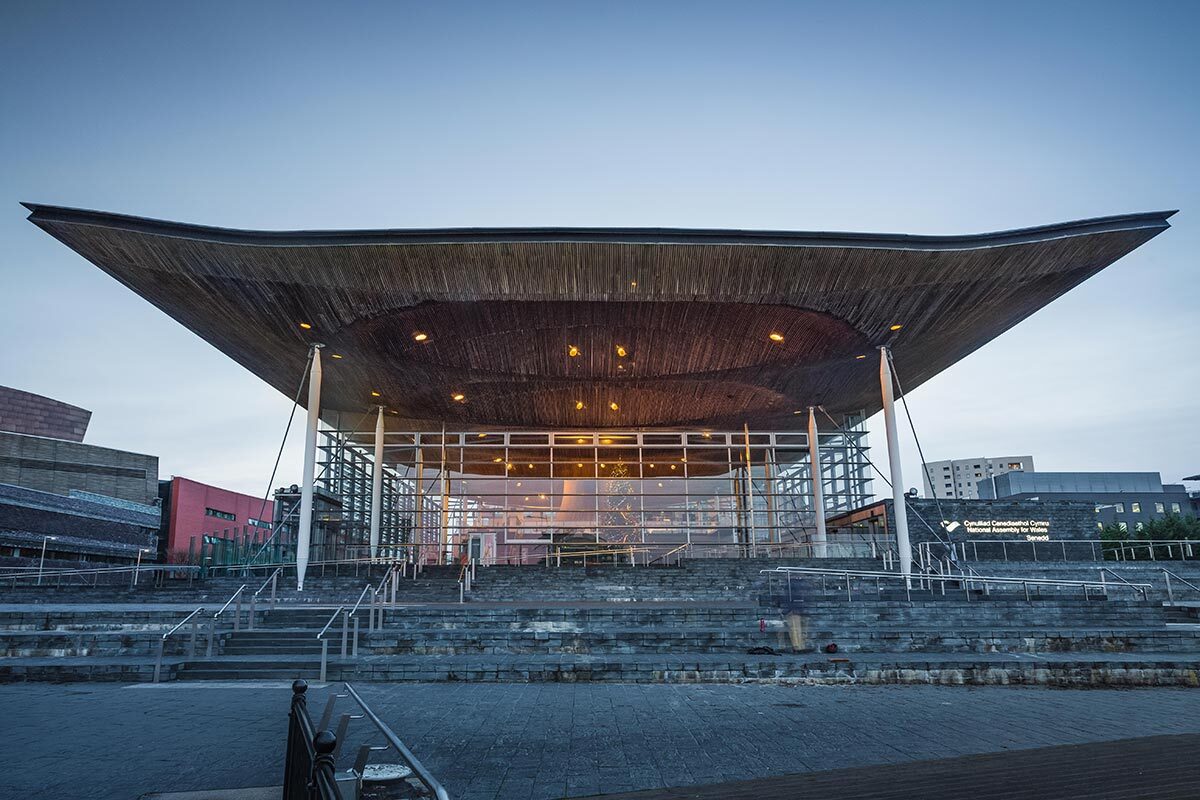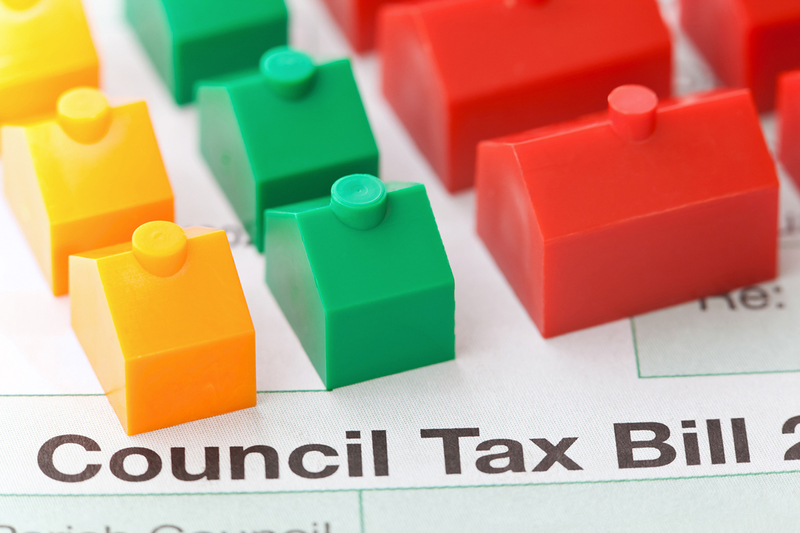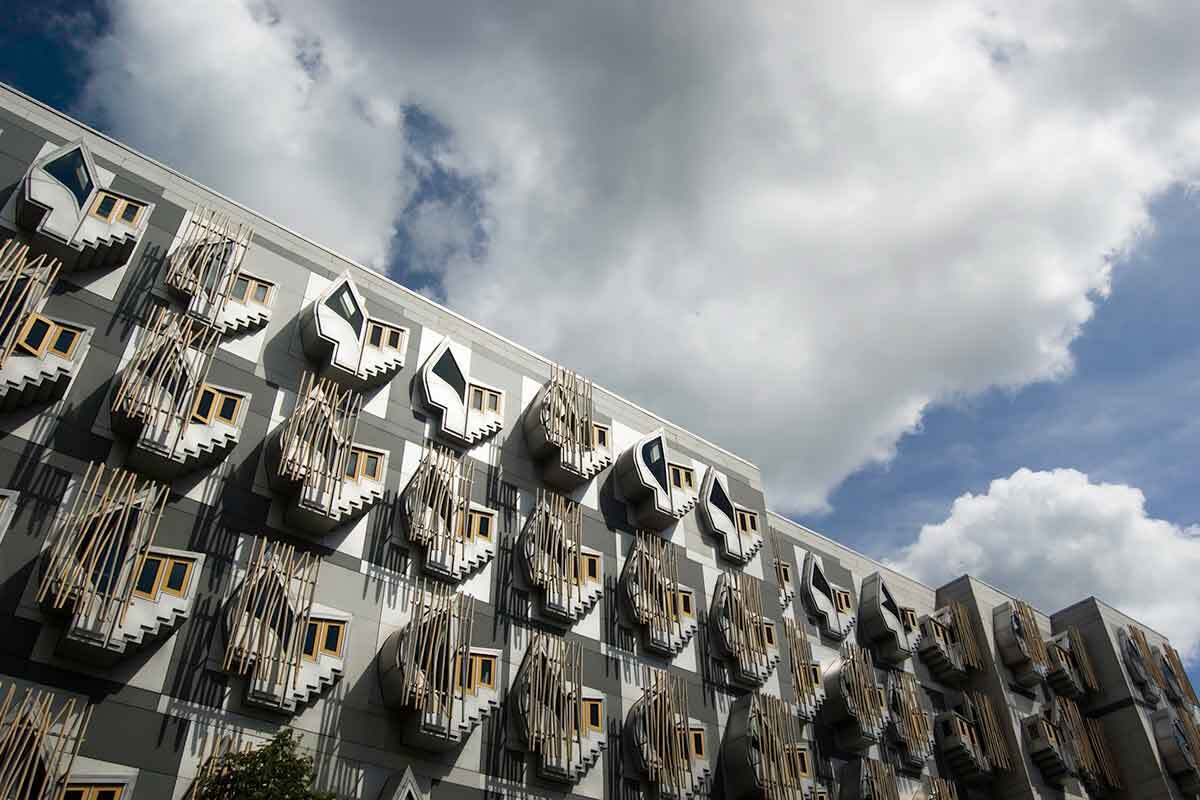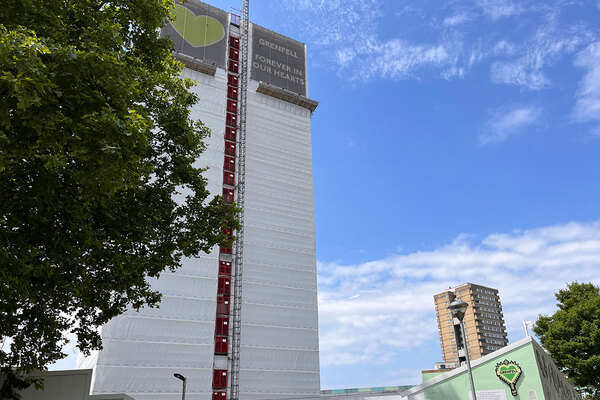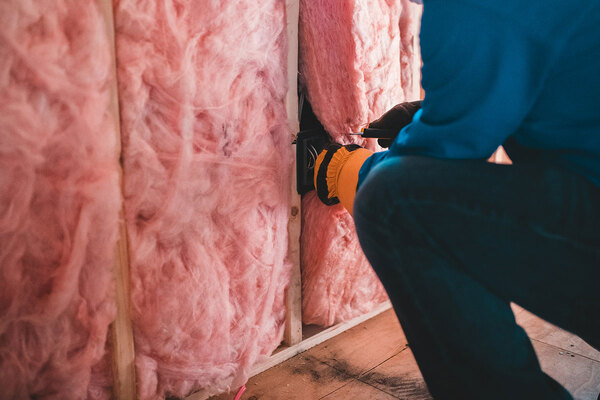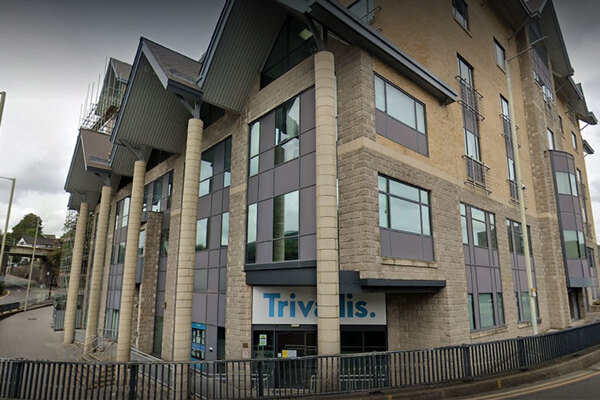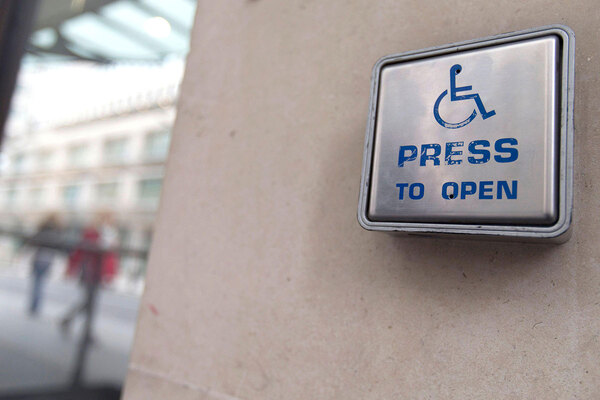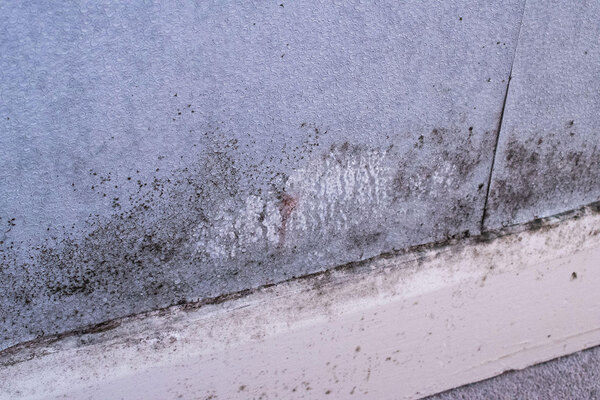You are viewing 1 of your 1 free articles
Welsh government ramps up second home crackdown with new planning laws
The Welsh government has confirmed councils will have new planning powers to curb second homes. It is the latest measure in its “radical” crackdown on holiday lets.
The new legislation is set to come into force at the end of the month and will give local authorities across Wales the option to classify homes as primary residences, second homes, or holiday lets.
The changes mean an owner would need to get planning permission to change a property from a primary residence to a second home. This would allow councils to control the number of second homes in an area.
The new planning rules are part a wider package of measures being brought in by the Welsh government – as set out in its co-operation agreement with Plaid Cymru – to tackle second homes and unaffordable housing.
The changes also include huge council tax hikes for second home owners, with councils being given the option to set the premium at any level up to the maximum of 300%.
These powers do not come into effect until April 2023, but councils, such as Gwynedd in north Wales – which has estimated that over 10% of available housing in its area are holiday lets – are already consulting on bringing in the new tax.
According to a local newspaper report, Gwynedd Council, which already charges an 100% council tax premium, is planning to use cash from the new levy to set up a scheme to help local people get on the property ladder.
In addition to the planning and tax measures, the government is also bringing in a statutory licensing scheme for all holiday rentals, including short-term lets, in an attempt to raise the quality of accommodation.
It is also working with local authorities to develop a national framework so that they can request increased land transaction tax rates for second homes and holiday lets to be applied in their local area.
Announcing the “radical” measures in July, first minister Mark Drakeford said: “Tourism is vital to our economy, but having too many holiday properties and second homes, which are empty for much of the year, does not make for healthy local communities and prices people out of the local housing market.”
In Wales and other coastal communities from Cornwall to Yorkshire, the impact of the growing second home market on local communities has become a pressing political issue.
According to Senedd research, while tourism is an important part of the local economy in coastal areas, second homes are increasingly being linked to wider social problems.
It argued that rising house prices are pricing local people out and turning communities into ghost towns out of the holiday season. The survival of the Welsh language was another concern.
The research found that according to council tax data, there were nearly 24,000 second homes across Wales. But these figures do not include short-term lets registered as businesses.
The figures also do not give the full picture of how holiday lets are unevenly distributed across Wales, it said.
According to a 2020 report, holiday homes made up 9% of available homes in Pembrokeshire, 8% in Anglesey – both popular tourist destinations. By comparison, the proportion in Cardiff was 2%, 2% in Swansea and only 0.03% in Newport.
In June 2022, Senedd’s Local Government and Housing Committee released a detailed report examining the Welsh government’s response to second homes. This report will be debated in the Senedd tomorrow (5 October).
Sign up for our Wales newsletter
New to Inside Housing? Click here to register and receive our Wales round-up straight to your inbox
Already have an account? Click here to manage your newsletters
